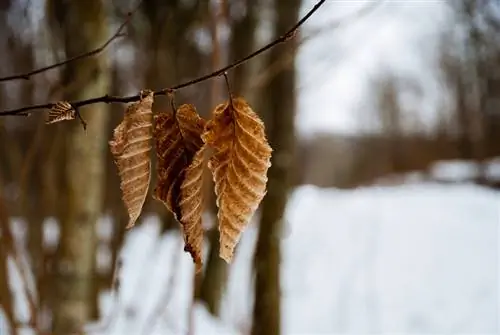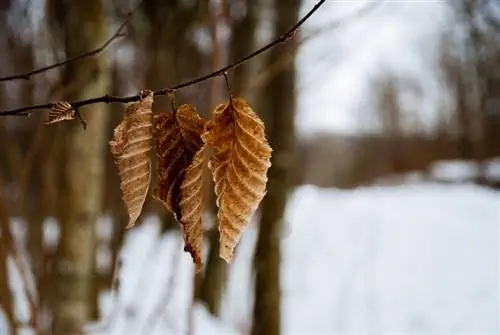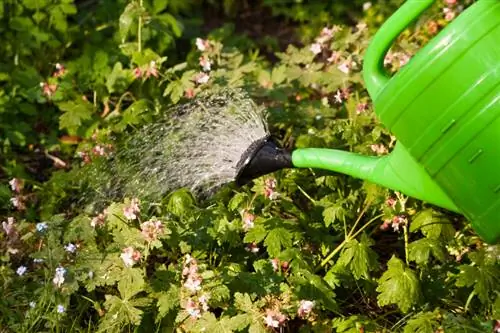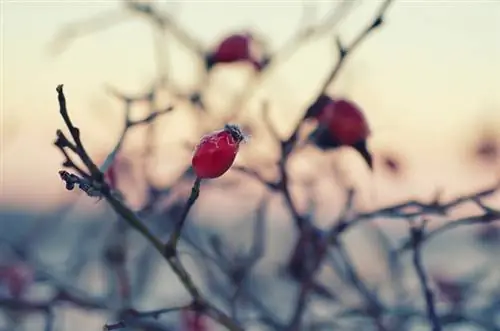- Author admin [email protected].
- Public 2023-12-16 16:46.
- Last modified 2025-01-23 11:20.
Older hornbeams are absolutely hardy and don't actually need any winter protection. What really bothers the trees is persistent drought. Younger trees should be watered more often in a dry winter.

Does a hornbeam need winter protection?
Answer: Older hornbeams are hardy and do not require winter protection. Younger trees should be protected from frost in the first year and watered in winter if drought persists. Before winter, you can apply a layer of mulch to keep the soil moist and provide nutrients.
Hornbeams are absolutely hardy
Hornbeams are native trees that can easily survive temperatures down to minus 20 degrees or even lower. Older trees basically don't need any protection in winter.
You should definitely protect younger trees that have been recently planted from frost in the first year.
Hornbeams, which you grow as columnar hornbeams in pots, overwinter in a cold greenhouse or in a sheltered spot on the terrace. It shouldn't get colder than minus ten degrees there.
Mulch before winter
Even if hornbeams survive the winter without protection, a mulch of leaves, grass clippings or straw makes sense. It fulfills several functions:
- Prevents drying out
- keeps weeds down
- supplies the soil with nutrients
Do not cut back the hornbeam before winter
Unlike many other trees in the garden, the hornbeam is not cut back in autumn. The pruning takes place in February.
The final cut should be carried out in August at the latest.
Leaves of the hornbeam remain stuck
A special feature of the hornbeam is that the tree is summer green, but the leaves often hang on the tree over the winter until new growth occurs.
When it is cold, they are no longer supplied with water and nutrients and dry out.
You should simply leave fallen leaves lying around. They form a natural mulch under the hornbeam. As they rot, they release nutrients that act as fertilizer. However, leaves that are infected with pests or diseases must be raked up and disposed of with household waste.
Watering hornbeams in winter
In very dry winters, a hornbeam can dry out. Young hornbeams are primarily at risk. They should be watered more often.
Water on a frost-free day. If possible, avoid wetting the trunk.
Tip
A hornbeam is no longer fertilized from August onwards. The tree would then sprout again. However, the new shoots no longer mature properly and die when there is frost in winter.






